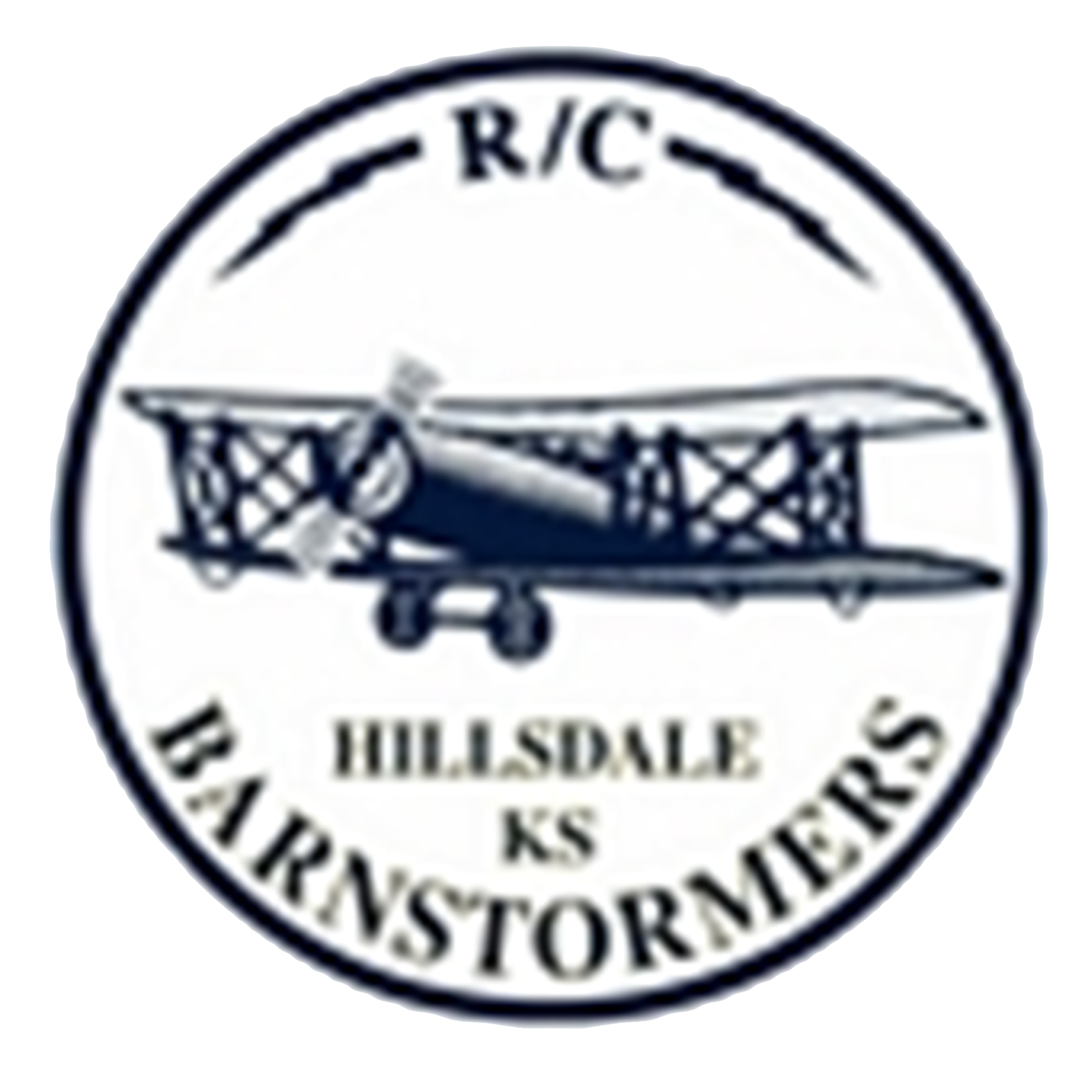One of the real thrills in R/C flying is to see a model equipped with floats lightly touch down, skim across the water and lift back off without a bounce.Although there are some differences specific to float flying, for the most part it is not that much different from flying off of land. Listed below is what I see, after twenty years of active float flying, as eight key elements to successful float flying:
1. The length of your floats should be 75-80% of your fuselage length (As measured from the prop disk to the rudder hinge)
2. The step of the float should be located 1/2 to 1 inch behind the CG
3. 10% of the total length of the float should be ahead of the prop disk
4. Wing incidence should be 1-3 degrees positive when the top of the float is level
5. Any model which has enough power for "brisk" performance off of a grass runway can handle the addition of floats
6. Do install a water rudder
7. Avoid cross wind take-offs
8. Take-off speed can be deceptive on water. Take a longer than usual take-off run.
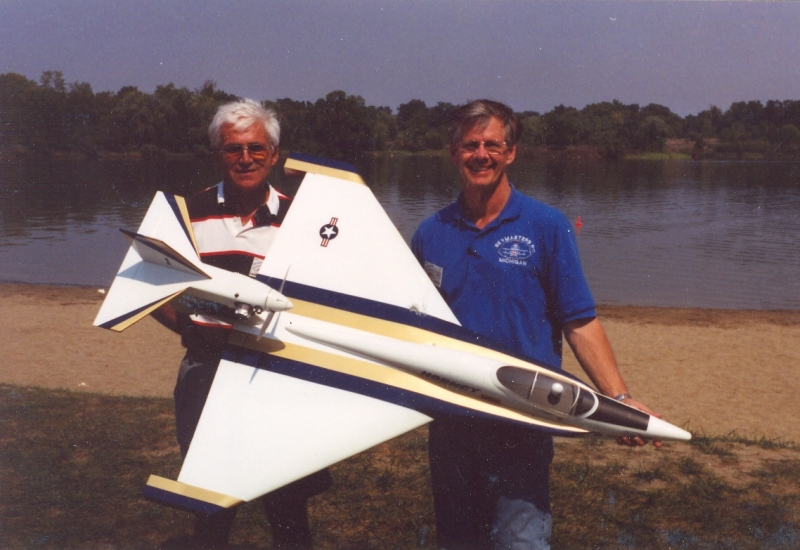
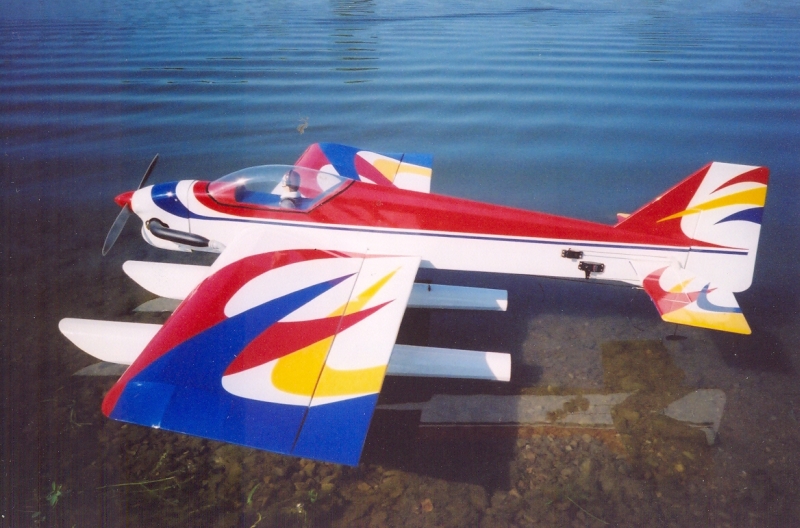
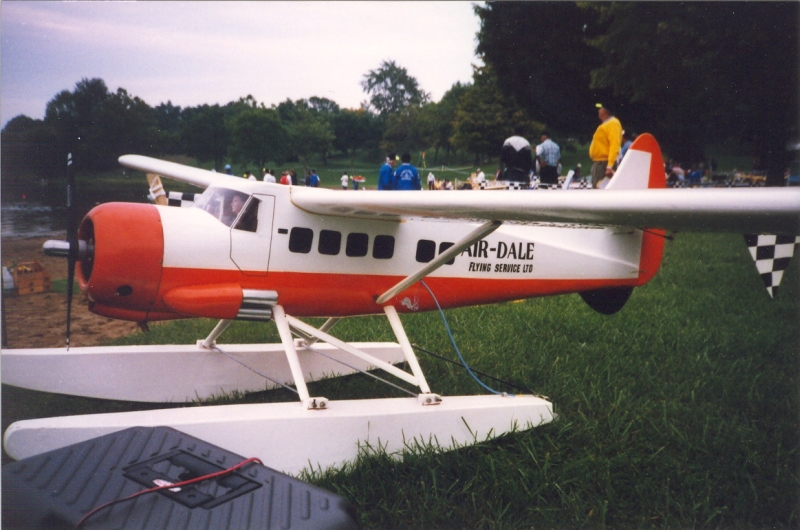
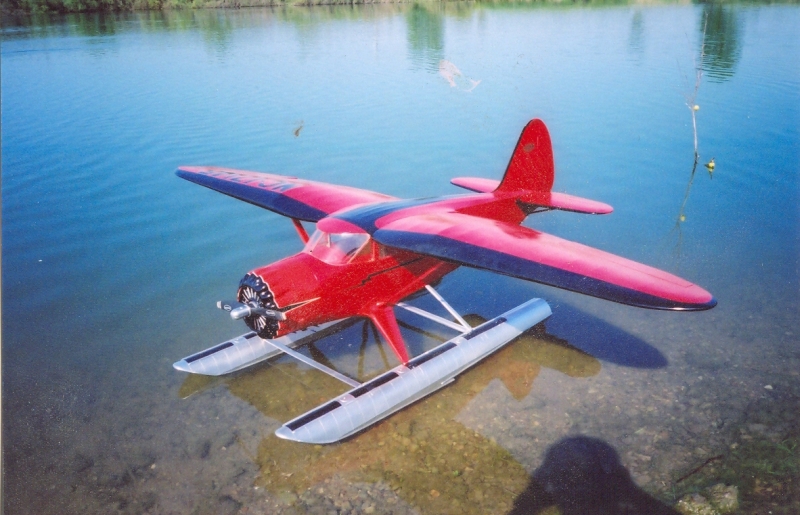
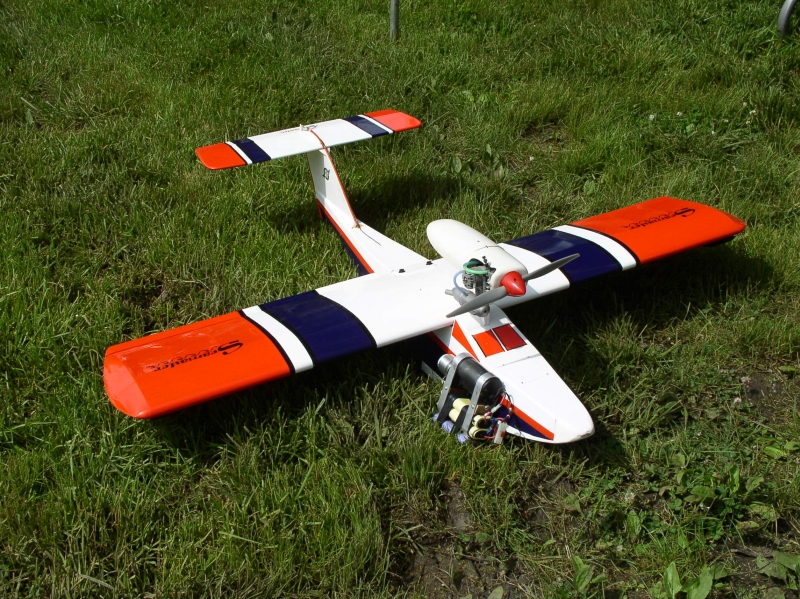
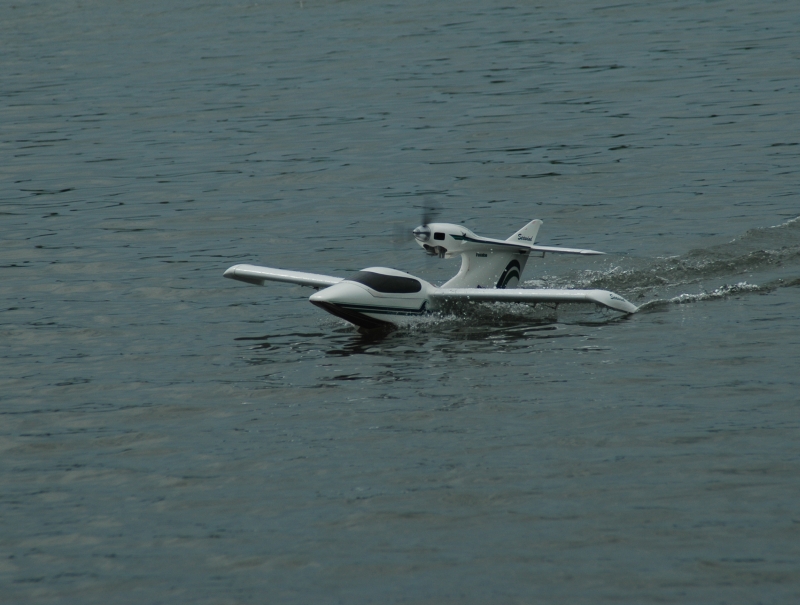
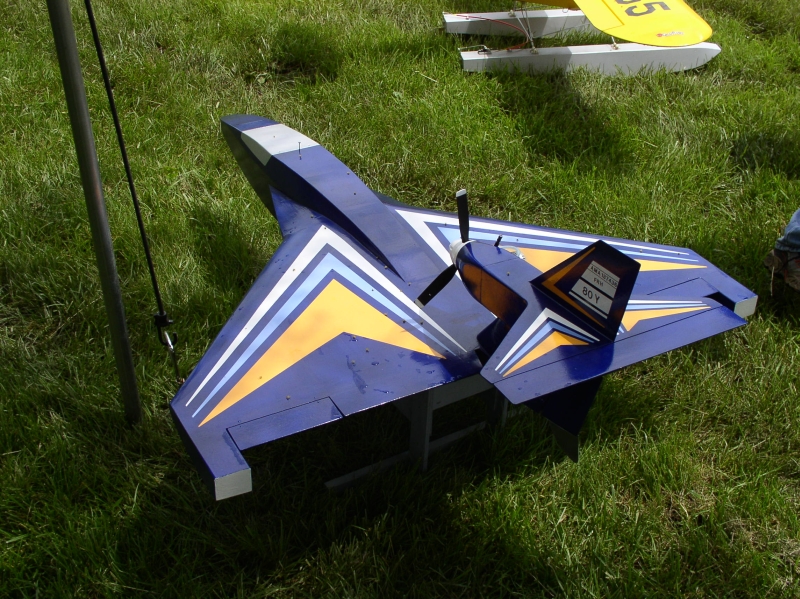
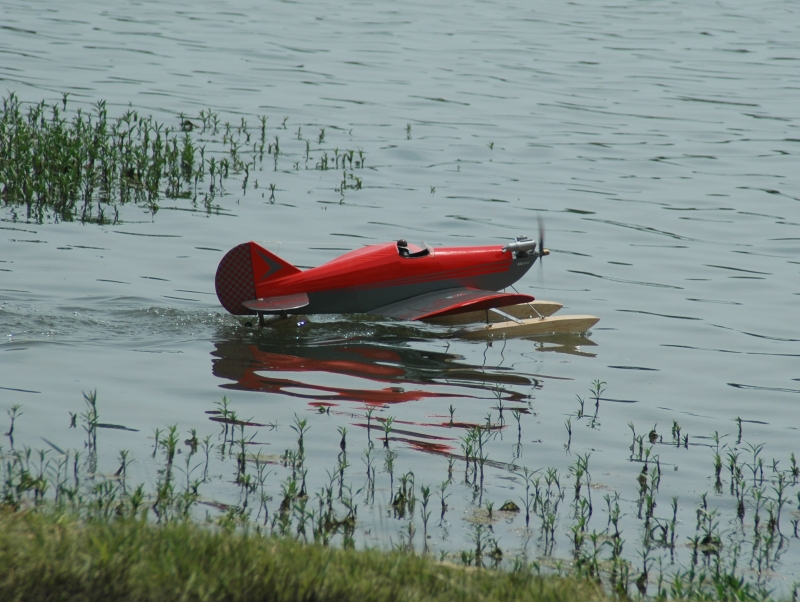
Flying Events Float Flying
The RC Barnstormers Model Airplane Club hosts the Heart of America Float Fly at Lake Miola on the first weekend of June.
